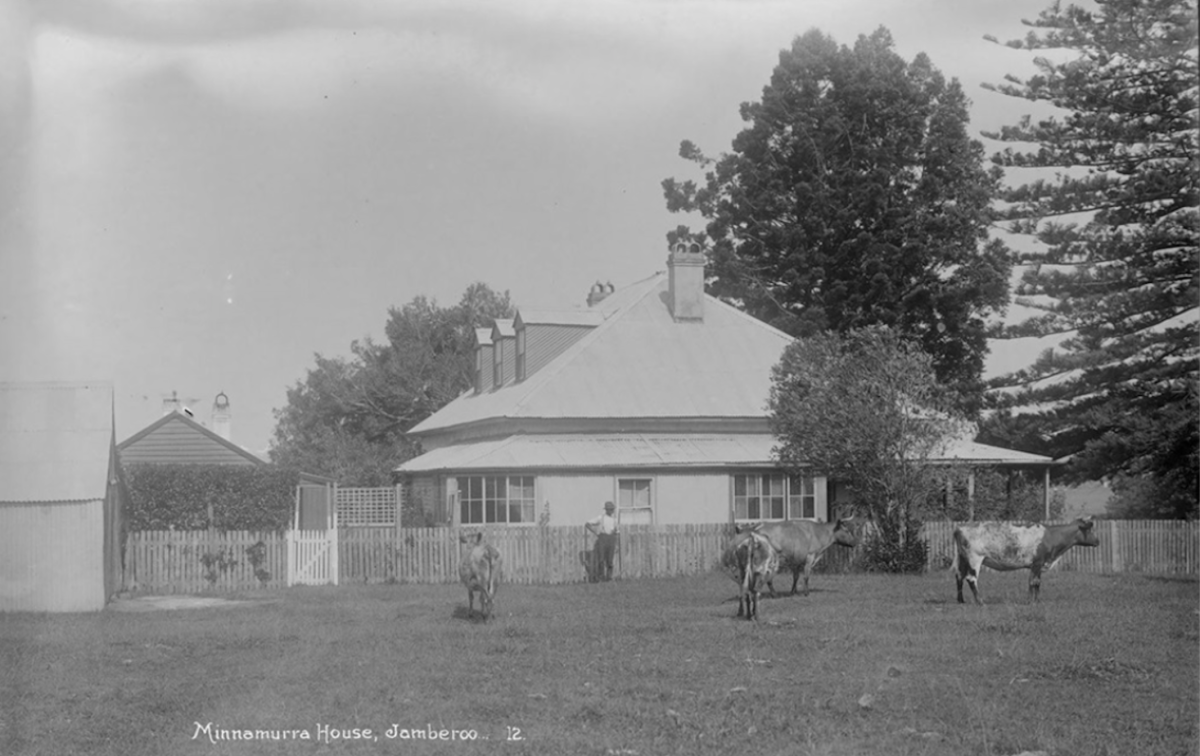
Minnamurra House at Jamberoo, the home of Dr and Margaret Menzies and its giant Norfolk Island pine at right. Photo: Kiama Library.
Because of the brilliance of the celebrated Illawarra artist Paul Ryan’s depictions of Norfolk pines (particularly when he makes the branches almost look like tutu skirts) I’ve sometimes wondered if it was possible to find out who planted the first Norfolk Island pine in the Illawarra.
The oldest one I once identified was planted by Dr Robert Menzies in front of his home, Minnamurra House. On 1 December 1925, The Sydney Morning Herald claimed that, after the tree in Jamberoo was struck by lightning, it still stood “over 100 feet in height, and was over 90 years old” and had been “split down on either side”.
The paper remarked that this giant Norfolk Island pine was “a landmark” in Jamberoo. It was also claimed to be “the oldest tree of its kind in the district, and was brought by the late Dr Menzies in a pot from Sydney to be grown in front of the family homestead”.
As Menzies didn’t get to Australia until 1839 he probably couldn’t have planted the Norfolk pine any earlier than the 1840s.
So the question became, is there anyone else who might have beaten Menzies to the mark and planted the exotic species which now line so many Illawarra beaches and, in doing so, have come to visually define more than just a few Illawarra coastal locations.
Could it have been Cornelius O’Brien who got to Illawarra more than 20 years before Dr Menzies who was the first to plant Norfolk Island pines on an Illawarra headland?
Or, rather, was it Captain Robert Marsh Westmacott who purchased O’Brien’s land on Bulli Point (now known as Sandon Point) who planted the exceptionally tall Norfolk pine pictured in the old photo seen below?
The appeal of Norfolk Island pines in early colonial Australia was originally that it was thought they might make great masts for sailing ships, but their wood soon proved unsuitable.
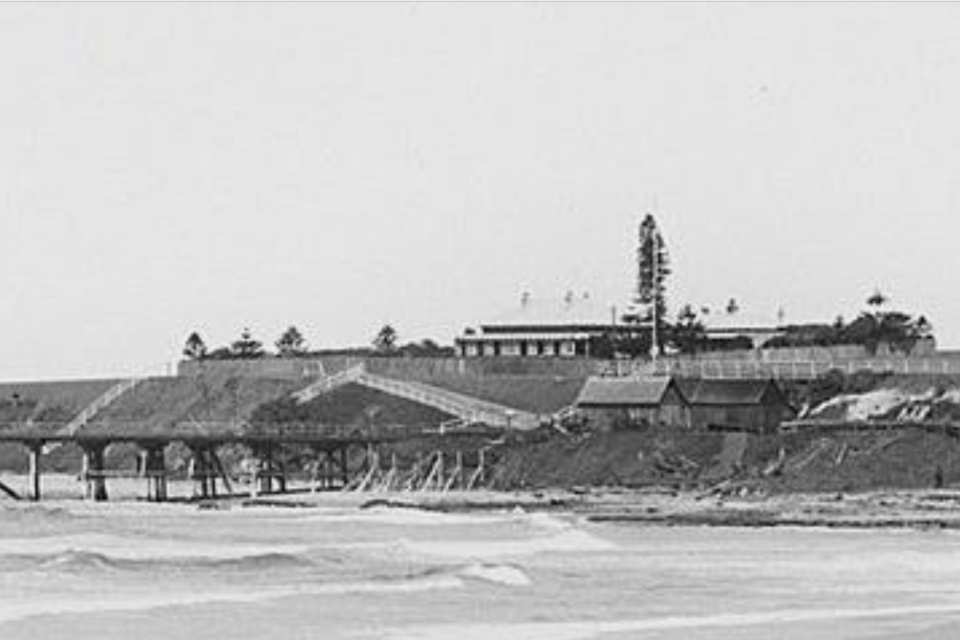
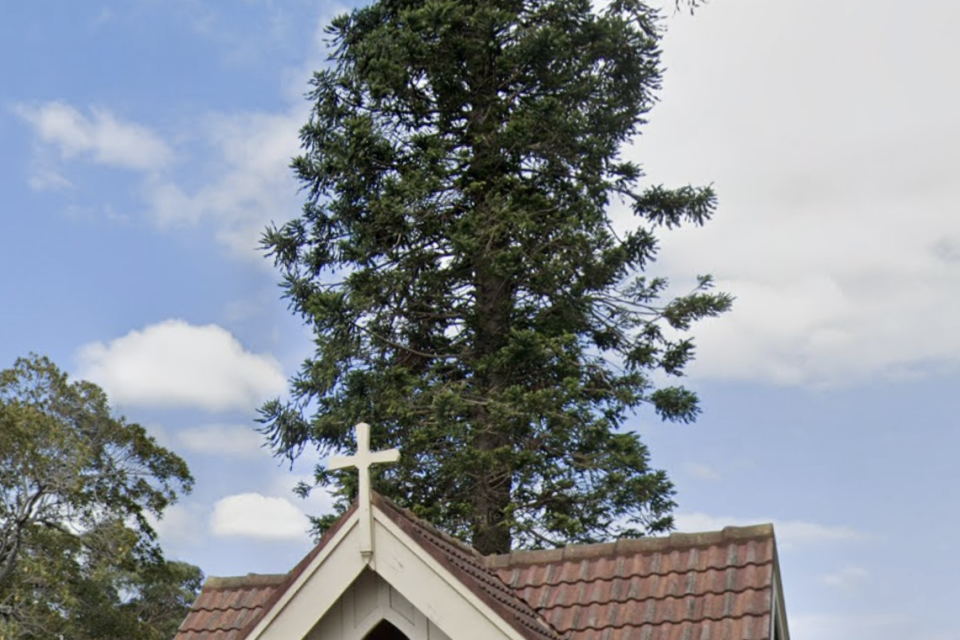
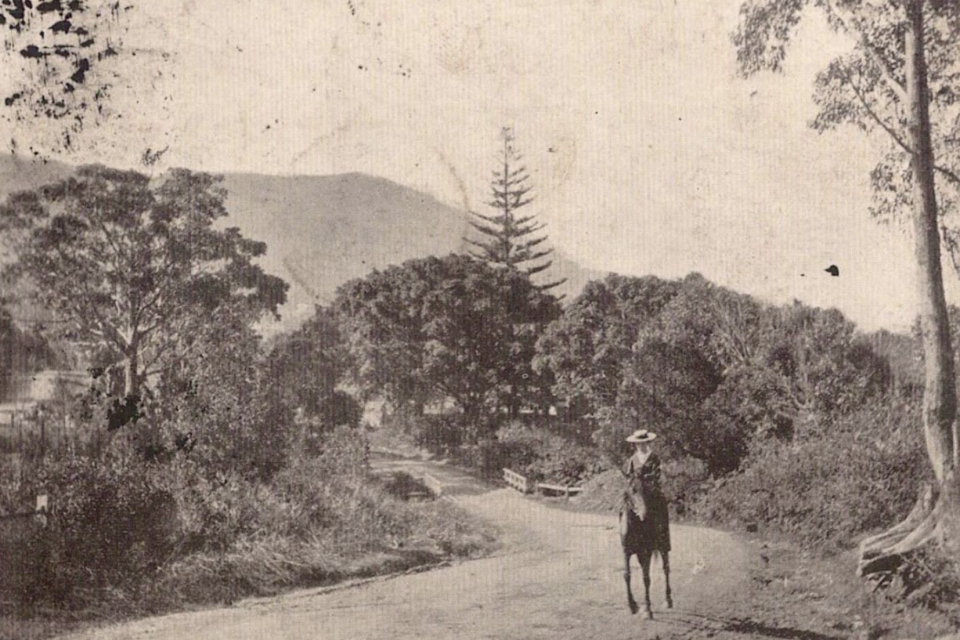
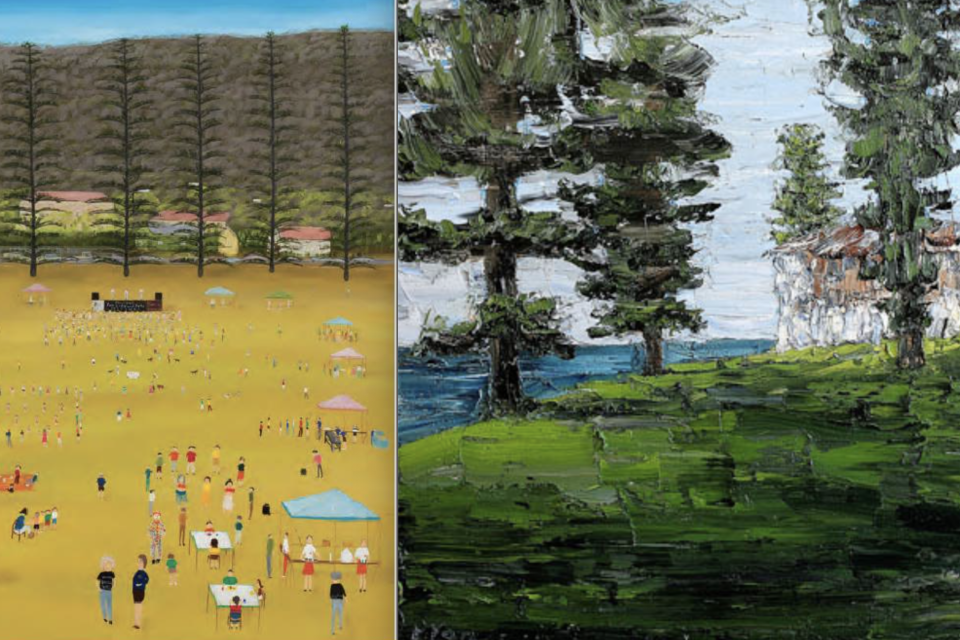
Nonetheless, as late as 1805 “in case of such timber being cut and not used by the grantee or proprietor” the NSW Government wanted to have the “first offer at a fair valuation”.
Two years later, the timber was still considered by some to be sufficiently valuable for Surgeon John Harris Esq. to want his stolen “slab of Norfolk pine, about 16 feet in length” returned and so offered “a reward of five guineas”.
As late as September 1860 in the Illwarra, when the “Bush Bank” property at Kiama was put up for sale, “two Norfolk Island pines” were advertised as part of what made the property desirable.
In 1870 the Trustees of the Wollongong Commons at the south end of Corrimal Street were also willing to offer £5 for the “conviction of the party or parties who deliberately and feloniously pulled up and removed a young Norfolk Island pine planted and enclosed on the eastern side of the path leading unto the said commons”.
At the Wollongong Town Hall in 1893, a Mr JG Treseder, FRHS, gave a lecture claiming that Norfolk Island pine “was the best tree to be found in the world to stand the weather on the Australian coast”.
In the same year the NSW Government botanist, Mr F Turner, declared that Norfolk Island pines should be planted in “Stuart Park and on the sand drift reserves at Wollongong.”
By 1899 it was also being suggested “Norfolk Island pines should be planted in the enclosures on Brighton lawn at Wollongong’s Belmore Basin”.
A possible rival to Dr Menzies’ Norfolk pine at Jamberoo might well be the fine example still standing in the grounds of the Brownsville Anglican Church near Dapto.
It was said to already be a fine specimen when decorated as a Christmas tree in 1905. And the pine might possibly have been planted not too many decades after 1840 when what is now used as the church hall was constructed. But, whatever its actual age, the tree there looks mighty venerable to this day.
The tall pines seen today at Austinmer and Thirroul beaches were planted more recently than most would guess (in the 20th century) but there does survive to this day a genuinely venerable example (possibly close to 150 years old) at the bottom of Bulli Pass.
Love them or loathe them, having been planted so widely in coastal regions the pines are likely to line the Illawarra coast for quite some time to come. Nonetheless, in some situations, their vigorous growth and ability to self-propagate can without doubt lead to their dominating the soil around them and outcompeting most native plants.
Today some of Illawarra’s Norfolk Island pines are part of heritage-listed groupings considered by many as an iconic feature of the region’s beachfront areas.









